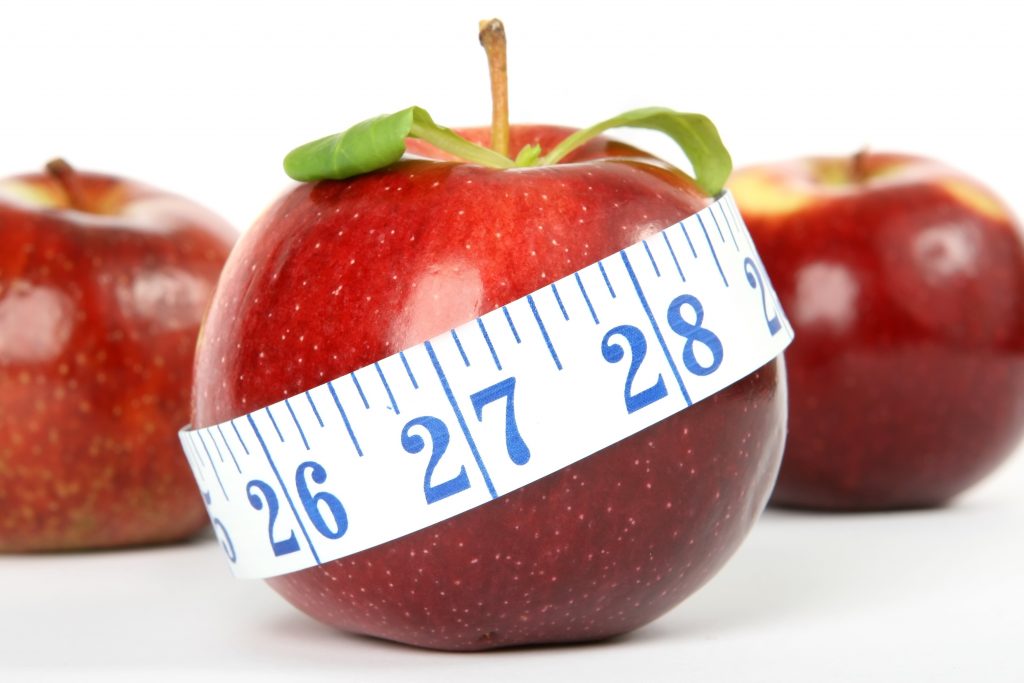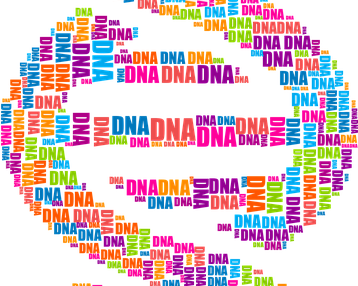Why Can't I Lose Weight? The Answer Isn't Always Simple
You eat well, are active but the scale does not budge? Why does this happen? Like most processes in our body, weight gain and weight loss is under biological control. That means YOU (what I mean by you, is willpower) can not always CONTROL your weight! We have something like a bean counter in our brain (our hypothalamus). It is constantly assessing our weight losses and gains and try’s to stabilize our weight by adjusting the amount of energy our body expends through metabolism. This means that if we do lose weight there are feedback mechanisms that work against further weight loss even if you are overweight or obese. This is called body weight set point theory, our body defends our current body weight.
Biology and Weight Loss
We know that simply eating less and exercising more does not work for everyone. Probably one of the biggest reasons contributing to weight gain is the development of insulin resistance. The standard american diet for a long time, has consisted of refined carbohydrates such as cereals, bread an pasta not to mention huge amounts of added dietary sugar causes a rise in blood sugar (blood glucose). In susceptible people our cells over time do not as easily respond to insulin. Insulin’s job is to help shuttle glucose into our cells. When this does not work as well, the glucose in our blood increases. The pancreas responds by making more and more insulin. This further drives the process and the cells become more resistant. The message to our body when this happens is “store fat”. Once this occurs, it makes it harder to lose weight. Stabilizing blood glucose is key. It takes awhile to actually “see” this happening on your bloodwork but there are usually clues often years in advance.
Insulin Resistance and Weight Loss
- Your waist is bigger than your hips, or in other words, you gain weight in your midsection. Fat that collects around our organs in our waist area is different than fat that collects in other areas. You can eyeball it of course but if you want to be scientific about it, often 35 inches for waist circumference is suspicious for insulin resistance, in men it is greater than 40 inches. Waist circumference sizes and risk can vary amongst different cultures so these numbers are a general rule of thumb.
- Your fasting glucose is creeping up toward 100 mg/dL or greater. This is not the first data point to go (insulin levels are!), but this is one that most people get done on a annual basis. Greater than 126 mg/dL for fasting blood sugar is diagnostic for diabetes but the process can begin nearly a decade before it actually reaches this level! Hemoglobin A1C which is a measure of your average blood sugars over three months can also be a earlier clue as it is assessing not just fasting but also blood sugars after eating.
- You get very tired, have food cravings or experience low blood sugar about 2 hours after eating. This is often a sign your pancreas is overproducing insulin to try to “keep up” and then a reactionary low blood sugar occurs. This causes a biological drive for dietary sugars or refined carbohydrates, then blood glucose goes up and repeat all day long.
The good news is, once the problem is identified, there are some solutions in the area of lifestyle, nutraceuticals / supplements, and pharmaceuticals to help put your metabolism back into balance.




